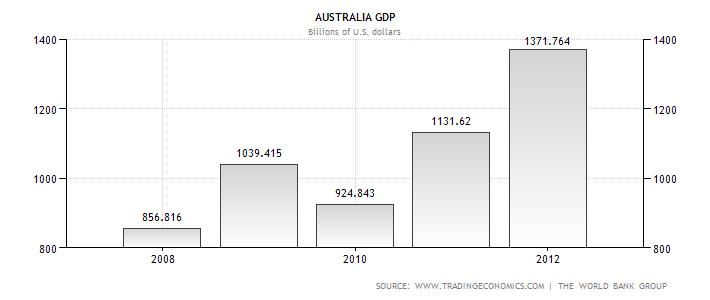The health of the Australian economy, interest rates, retail sales, trade and growth will be centre stage in the coming week, as will US employment, European interest rates, the health of manufacturing in major economies, while Chinese economic data for May is out next weekend.
All in all it’s going to be a busy week here and offshore with possible rate cuts here and in Europe, but not certain.
There’s very little known corporate activity or news planned here or offshore. The US quarterly reporting season is over, but we should see more earnings and sales updates from local companies.
Kicking off at home and the focus will return to the Reserve Bank board meeting tomorrow and the GDP figures for the March quarter the day after.
After May’s surprise rate cut, there’s an even money chance the bank could follow up with a second cut, according to economists such as the AMP’s Dr Shane Oliver.
The argument in favour of another rate cut are the weakness of the economy and expectations that it could get worse in coming months, meaning another rate cut will be needed to cushion the blow.
On the data front, there’s the quarterly ABS GDP data in the national accounts on Wednesday.
That’s after retail sales today, along with data on wages, profits and business inventories and the monthly survey of manufacturing.
Tuesday sees the release of current account data for the March quarter, and government spending and finance details and tourism data for April.
Thursday sees the trade figures, also for April. Don’t be surprised if there’s a big rise in the trade surplus.
Dr Oliver reckons the GDP data on Wednesday will show growth of 0.5% in the quarter (or 2.4% in the year to the end of March).
5Y GDP – How Low Did GDP Go In March?

In China there’s the final survey of manufacturing from HSBC (the first estimate last week showed a dip into negative territory).
The other monthly purchasing managers’ survey from the government showed a small rise to 50.8 from 50.6 in April. That was better than most forecasts and above the early estimate in the HSBC survey.
Next weekend, Chinese data on inflation and trade for May will be released. Other data for industrial production, retail sales and investment are also due for release.
In the US the news flow will be dominated by the rise in market interest rates (traders wonder when will the Fed start easing back on its quantitative spending?), the hesitant market and on Friday the May jobs report. Early estimates suggest that more than 150,000 jobs were created in the US last month.
A figure closer to or over 200,000 will see more speculation about the Fed easing back on its spending, higher rates and volatile share markets.
The US unemployment rate is expected to hold steady at 7.5% last month.
As well the US monthly survey manufacturing conditions and May’s car sales are out tonight.
US trade figures are also out tomorrow night, our time, and the Fed’s early summary of economic conditions (called The Beige Book) is released Wednesday night and will play a bigger part than normal in market sentiment.
A more confident tone to the report will add to the belief that the Fed will start easing back on its spending sooner than forecast.
In Europe, the European Central bank meets on Thursday and could cut rates after inflation in May came in at 1.4%, just above April’s 1.2%, but still well under the ECB’s target of 2%.
And eurozone unemployment edged up to a new record of 12.2% from 12.1% in April.
That could see the ECB cut rates: the weakness in demand justifies another cut, but most economists reckon the central bank will wait until early Autumn to make its next cut.
Like the RBA, the ECB cut rates last month. The eurozone economy is in a deep recession, the Australian economy isn’t.













